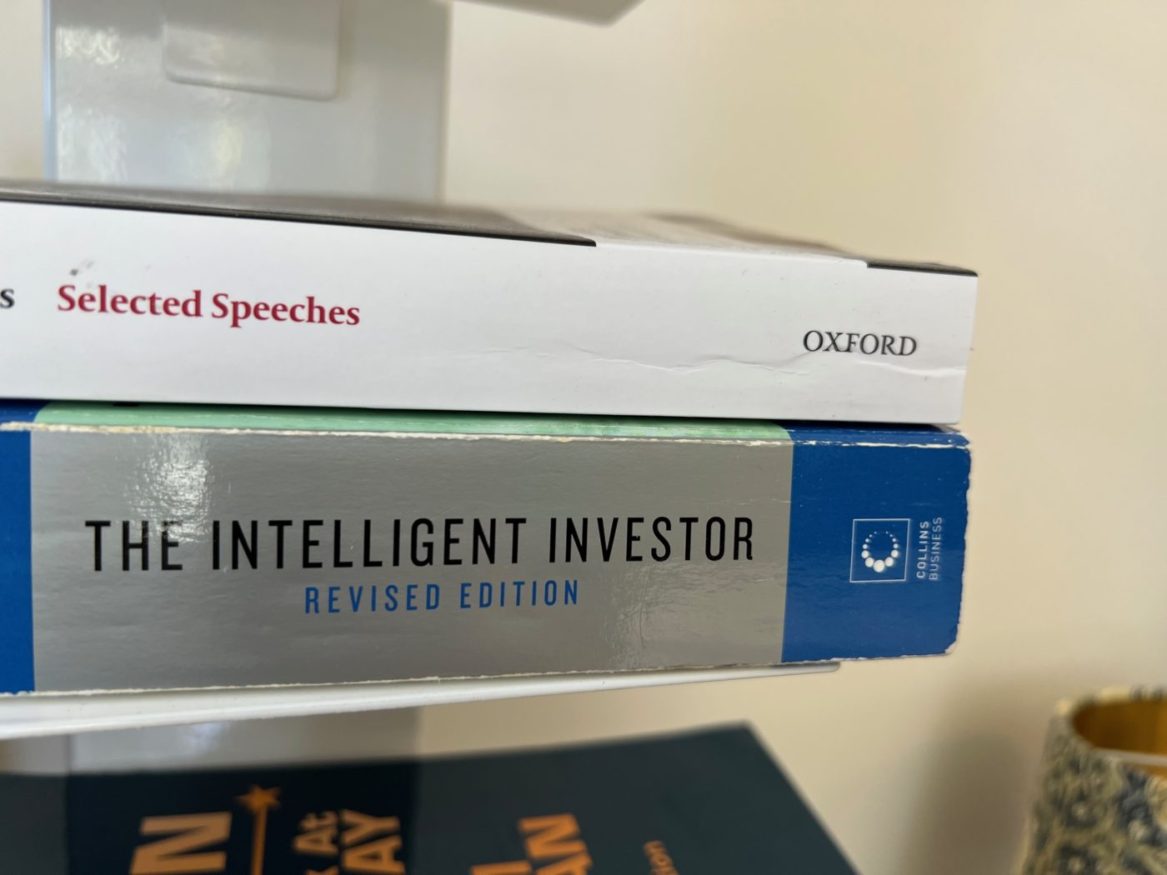When it comes to a Series 79 Exam breakdown, you can find a fairly detailed one on FINRA’s website. That said, it will only give you a high level account of the sections that get tested. If you’re looking to understand which section by far causes the most headaches for the most students, we explain a little in today’s post.
Series 79 Exam Breakdown…Paralysis by Analysis
The Series 79 Exam is the most challenging FINRA exam most investment bankers will likely face in their career. While the questions tested on every exam are slightly different, there is some broader consistency.
Namely, the proportion of the exam that focuses on rules, regulations, and events of the investment banking process, as opposed to the analytical portion. The split between the two is fairly consistent. The slight majority of questions are non-analytical, and the slight minority are analytical.
Needless to say, the analytical portion of the exam tends to cause the most issues. It happens to be the topic we get asked to explain well over 90% of the time by our Series 79 students. Rightly so, the section is difficult for most people. It is even harder for those without any finance, or accounting background.
The questions are rarely straightforward, and usually take two or three steps to get the final answer (Hint: If you think you’ve found the answer to a question in one step, you’ve come across a very rare question, or you likely have the wrong answer).
Some basic algebra is usually involved. There’s typically the need to solve for X, and then using three variables, where two are given, you may need to solve for X again.
Two Formulas for One Question
The best way to approach the section is to do as many questions as possible. In conjunction with memorizing as many formulas as you can, this process will help a lot. The trick is often in interpreting the question’s language. Doing enough questions will help you learn the tricky language they can use, and what formulas go with different types of questions.
What adds some further complication to this part of the exam is that sometimes solving for one type of question, can involve two different formulas.
For instance, when asked to calculate the interest coverage ratio, it is important to know that their definition includes two formulas:
- EBITDA/interest expense
- EBIT/interest expense
When you find a question with enough information to solve for both formulas, then you should. The exam will never have the exact answers to both formulas, but one will be there. Hence, you may have to try both formulas to get to the correct answer.
This is also sometimes true for the “Debt/Equity” formula. At times they include short term and long term debt as “Debt” and at other times they only include long term debt as “Debt.” Similar to the interest coverage ratio, you may have to try both to see if you get an exact answer.
Overall, these tidbits are rarely found in any textbook. They typically require going through practice questions and discovering them on your own. At Professional Exam Tutoring, we’ve been through plenty!
If you need any help with any more tips and tricks, feel free to book a tutor! We hope these help. Good luck!

